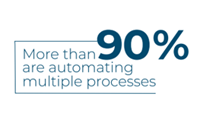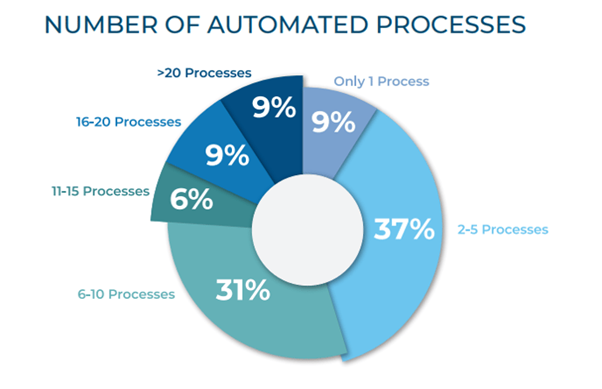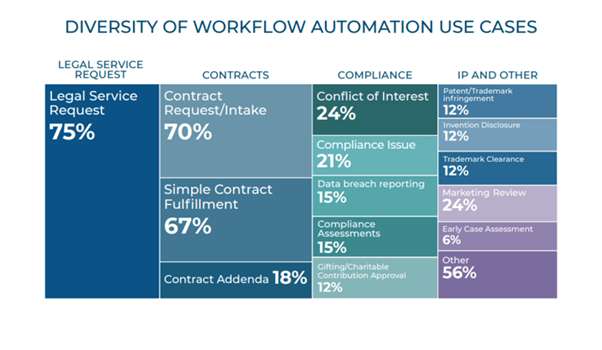

Starting Simple and Going Big with Workflow Automation
- Legal Transformation
- 3 min
While low code and no code workflow automation technology solutions are not new, corporate legal departments are expanding their use. Not only by making initial investments in the technology, but also by expanding the number of processes they automate.
Opening the Door
A common starting point for Legal Departments is a “Front Door” where legal service requests are made, and questions are answered. This use case leads to capturing operational data, providing insight into demands on the legal function and operational performance. The benefits range from immediate to long-term and include:
- Some needs can be met immediately. Questions are answered, policies are provided, training videos are obtained, and low-risk contracts are fulfilled.
- Work can be triaged or diverted, routing the right issues to the right individuals, or filtering out requests outside the legal department’s mandate.
- Necessary information and documents can be collected, alleviating the burden on legal staff to ask questions and gather relevant artifacts to address matters and draft or negotiate contracts.
- Workflows can be triggered, reducing manual effort and following standardized processes which also improve compliance. Data points obtained support expediting specific workstreams.
- Operational data capture begins and eventually accumulates to provide insight into demands on the legal function and operational performance (e.g., categories of request, how long it takes to meet clients’ needs, time intervals for each step, where bottlenecks lie, etc.).
- Value can be demonstrated. The work that came through the Legal Front Door and got addressed can be shared via dashboards, helping Legal tell the story of what and how much it does.
Expanding Automations
After a legal department has implemented a Legal Front Door, we have found that the automation of processes often quickly expands. Hyperion Research benchmarking data shows that 54% of legal departments implementing workflow automation technology (WFA) have upwards of six automated processes, and 24% have more than ten automated processes.


Covered use cases span across the corporate legal and compliance practice groups. After general intake/triage, the most common applications of workflow automation relate to contracting (intake, fulfillment, and addenda) and compliance (assessments, tracking, reporting, review/approval), followed by IP use cases.

Sophistication often continues to increase over time. Interviews with larger departments gaining traction in workflow automation revealed a high likelihood of deploying the tools to engage with multiple internal and even external stakeholders in tailored or bulk processes. Additionally, adding integrations with other legal and enterprise systems unlocks even more power through data orchestration, eliminating many manual processes legal departments undertake to transfer information from one tool to another.
With all this power comes much responsibility. Read more of your Epiq Advice blogs where we discuss models for managing automation programs and provide practical guidance for your workflow automation journey.
The contents of this article are intended to convey general information only and not to provide legal advice or opinions.